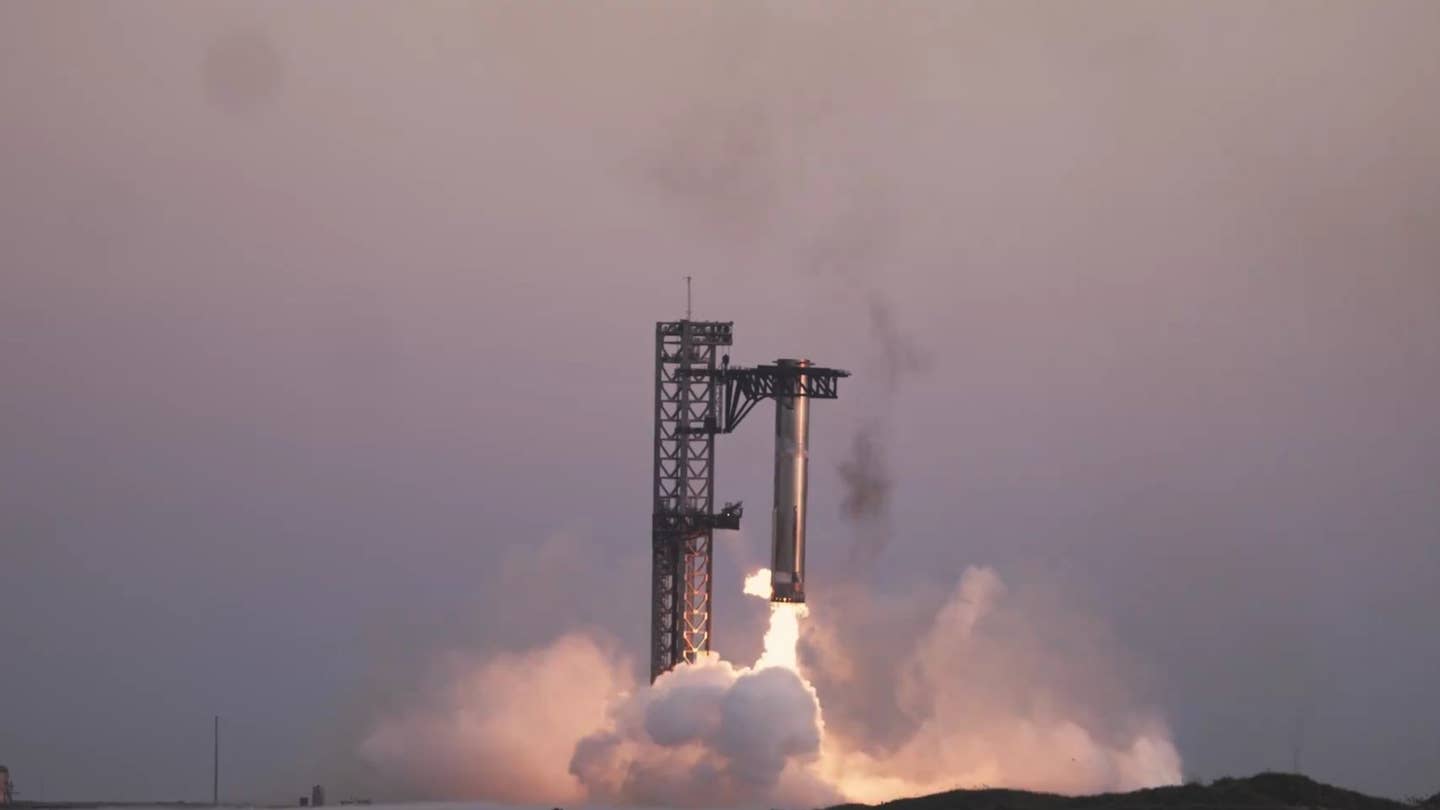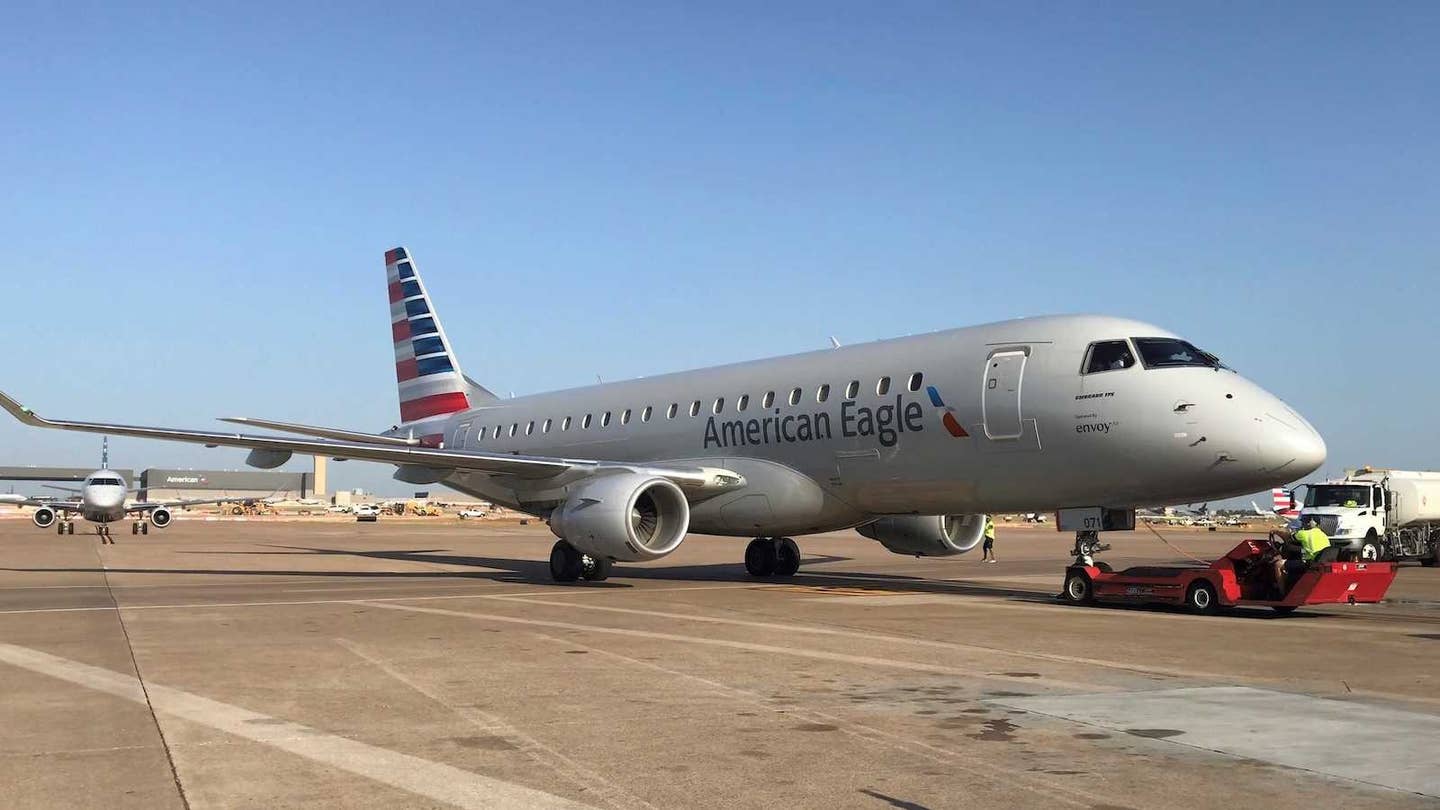
NASA
With a new era of supersonic flight in the horizon as Aerion makes progress on its AS2 and other players are expected to tap into the high speed commercial flight market, NASA is putting a strong focus on the study of sonic booms in hopes of eliminating the restrictions of supersonic flight over populated areas.
We recently reported that Rockwell Collins is in the process of developing a sonic boom display with help from NASA. And yesterday, the agency announced the Rockwell Collins program, which is receiving $698,000, is only one of eight receiving grants totaling more than $5.6 million over the next few years for research into supersonic flight.
The largest grants, each for $1.2 million, are going to Massachusetts Institute of Technology in Cambridge, Massachusetts, to study the global environmental impact of supersonic aircraft in the stratosphere, and to Wyle Laboratories in Arlington, Virginia, on how turbulence influences shaped sonic booms.
Honeywell's research facility in Golden Valley, Minnesota, is receiving a grant for $686,000 to study a pilot interface that could mitigate sonic booms. Another $575,000 is going toward studying quiet nozzle concepts for low boom aircraft at University of California, Irvine.
GE Global Research in Niskayuna, New York, will use its $599,000 grant to work on low noise integration and propulsion technologies. Finally, Applied Physical Sciences of Groton, Connecticut, and Fidell Associates of Woodland Hills, California, are receiving $337,000 and $393,000 respectively to study various forms of risk reduction associated with sonic booms.
Get exclusive online content like this delivered straight to your inbox by signing up for our free enewsletter.

Sign-up for newsletters & special offers!
Get the latest FLYING stories & special offers delivered directly to your inbox






